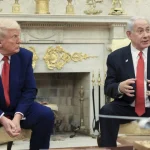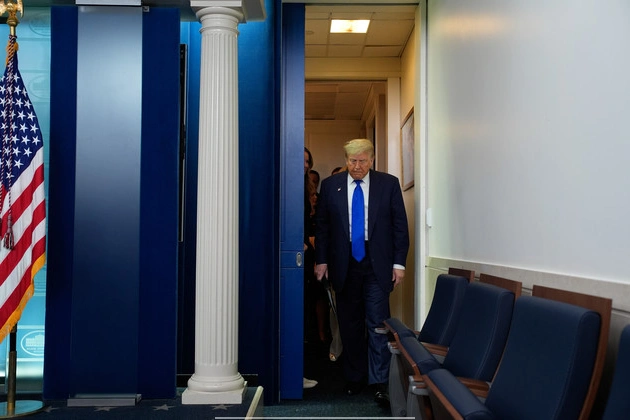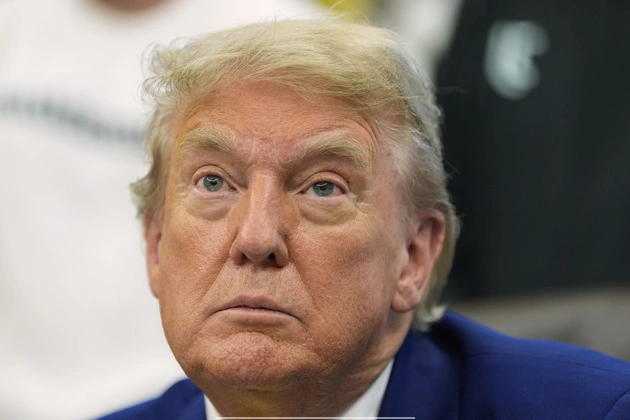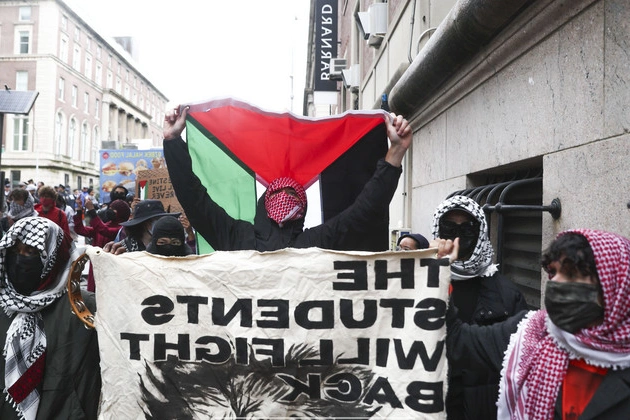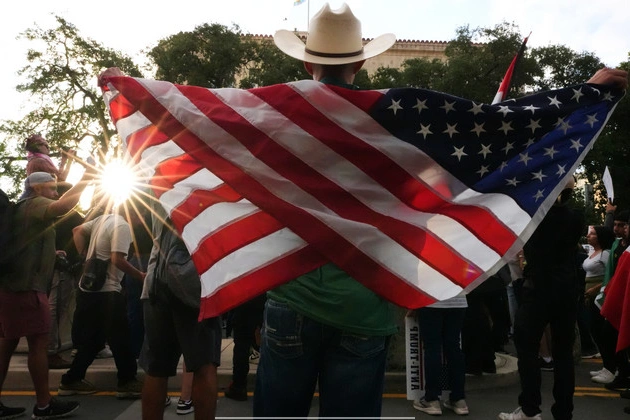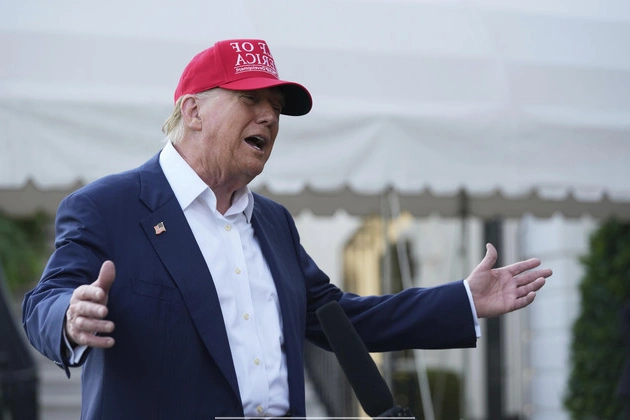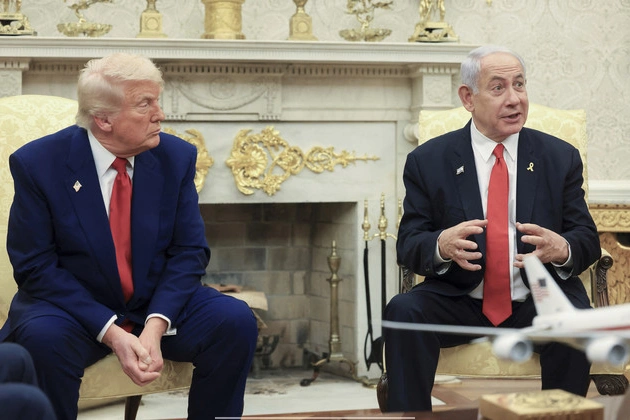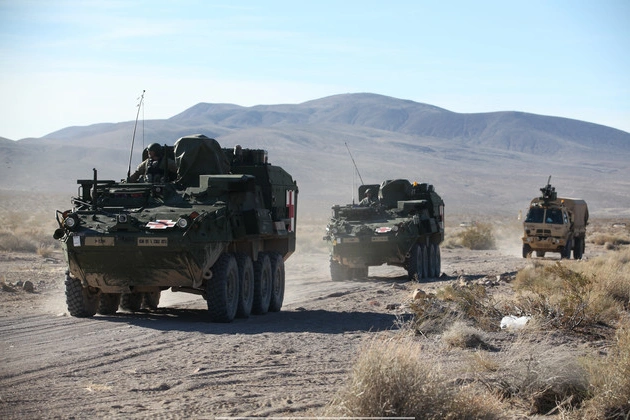
Hundreds of troops are set to commence surveillance operations along the southern border, marking a significant shift in President Donald Trump’s immigration strategy.
The New Surveillance Mission
Service members from the 2nd Brigade, 4th Infantry Division will deploy armored infantry vehicles to monitor the border using night vision technology. This move places the military at the forefront of the administration’s efforts to curb illegal immigration.
Enhanced Support for Border Patrol
In addition to surveillance duties, troops will assist in transporting border patrol agents to critical areas. This collaborative approach aims to strengthen border security without compromising legal boundaries.
Legal Restrictions and Strategic Planning
While troops are prohibited from engaging in law enforcement activities, they are empowered to defend themselves if necessary. Gen. Gregory Guillot emphasizes the importance of maintaining a supportive role for Customs and Border Protection personnel.
Army Maj. Jared Stefani confirms that troops will be armed and ready to protect themselves, highlighting the potential for a safer working environment along the border.
Building a Buffer Zone
The Pentagon’s consideration of a buffer zone on federal land in New Mexico raises legal and logistical questions. This proposed measure aims to create a controlled area for monitoring border crossings and addressing migration challenges.
Legal and Ethical Concerns
Legal experts caution against expansive interpretations of military authority, citing potential conflicts with established laws. The debate intensifies as the administration explores alternative strategies to secure the border.
Joseph Nunn from the Brennan Center for Justice criticizes attempts to circumvent legal frameworks for military involvement in civilian matters, calling for transparency and adherence to congressional mandates.

